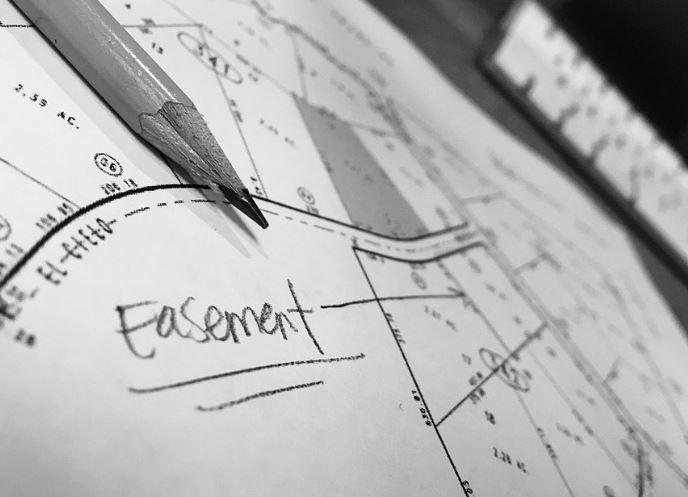A recent case provides further insight into what is considered “hostile” or “adverse” with respect to obtaining a prescriptive easement right. A prescriptive easement is where one acquires a right to use another’s property, not by express agreement, but through the use of another’s property without permission. More specifically, to establish a prescriptive easement, the party claiming it must show use of another’s property that has been open, notorious, continuous and adverse for an uninterrupted period of five years. Whether the use is “hostile” or is merely a matter of neighborly accommodation is a question of fact to be determined in light of the surrounding circumstances and the relationship between the parties.
In Husain v California Pacific Bank, the Court of Appeal analyzed whether a use can be considered “adverse” through hostile acts alone (rather than actual notice), particularly in the context where permission was impliedly granted to the user by the prior owner of the burdened property. 21 Cal. Daily Op. Serve. 2198 (Filed March 9, 2021). In Husain, the tenants from one property (“Property A”) were allowed to use the parking spaces, garden, driveway and garbage area of another property (“Property B”) when Property A and Property B were owned by the same party. In 2011, the properties were sold to two different owners and common ownership was severed. After such sale, the tenants of Property A continued to use the above-referenced areas of Property B, without formally advising the new owner of Property B of such use or seeking its permission. Property A’s use was consistent and frequent and included maintaining and improving the portions of Property B used by Property A. Husain purchased Property B in 2017 and eventually sued to quiet title of the affected areas of Property B. Property A counter-sued for, amongst other things, a prescriptive easement as to its use of the parking spaces, garden, driveway and garbage area of Property B.
Husain argued that because the use was permissive when the properties were under common ownership, such permission did not terminate simply because the property changed hands. In other words, because permission was granted by the original owner and never repudiated by the subsequent owner of Property B, there was never any “hostile” use by Property A triggering the five-year clock to establish the prescriptive easement. While express repudiation is required to make a formerly permissive use “hostile”, the Court in Husain distinguished this argument because the properties were previously under common ownership. There can be no adverse use during the time of common ownership because one cannot obtain an easement in one’s own land. Permission would have to have been given or withheld after the properties were transferred to two separate owners in 2011. Here, the Court found that Property A’s continued use of the affected areas of Property B after the sale without seeking permission put Property B on notice that Property A’s use was adverse to Property B. As such, once the five-year time period elapsed without any change in status, Property A acquired a prescriptive easement to use such portions of Property B.
The Husain case shows that open and continuous use can be considered “adverse and hostile”, even if it was once pursuant to a neighborly accommodation. One should look at the history of the affected properties and review the set of facts at issue to determine whether a use was hostile or with permission.
Authored by Reuben, Junius & Rose, LLP Attorney Lindsay Petrone.
The issues discussed in this update are not intended to be legal advice and no attorney-client relationship is established with the recipient. Readers should consult with legal counsel before relying on any of the information contained herein. Reuben, Junius & Rose, LLP is a full service real estate law firm. We specialize in land use, development and entitlement law. We also provide a wide range of transactional services, including leasing, acquisitions and sales, formation of limited liability companies and other entities, lending/workout assistance, subdivision and condominium work.



